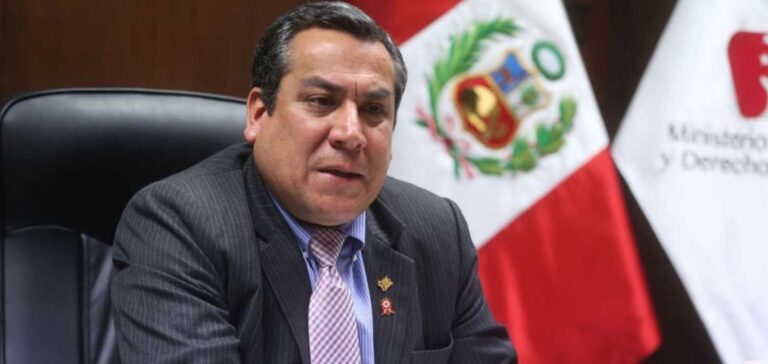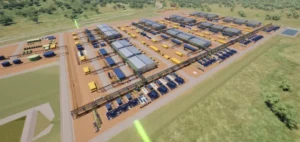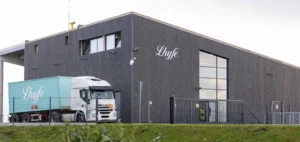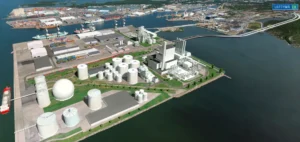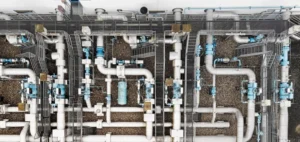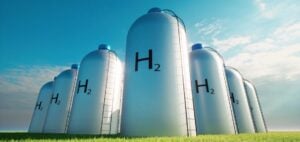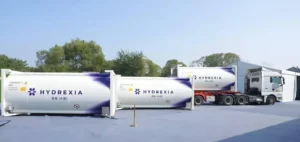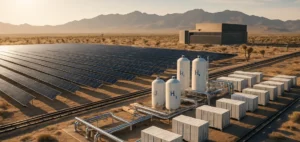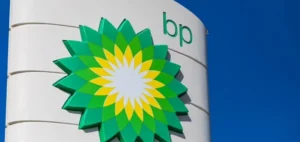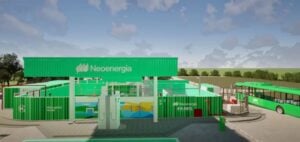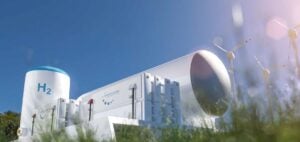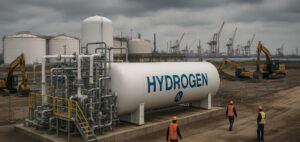Phelan Green Energy has announced an investment of over $2 billion in Peru to develop a large-scale green ammonia production plant. The USD 2.4 billion commitment was made during a special two-hour meeting with Peruvian Prime Minister Gustavo Adrianzén and his cabinet at the Presidencia del Consejo de Ministros del Peru in Lima. The Peruvian government has approved a 4,000-hectare concession in the Arequipa region, a strategic location for harnessing the low-cost solar energy needed to produce green hydrogen and ammonia. Despite the many tensions on its territory, the country is striving to secure and develop its energy system through various projects.
Project Deployment and Streamlining
A 50-hectare concession has also been granted for the construction of a processing plant in the coastal port of Matarani. This project, classified as a ‘Necesidad Publica’ by the Regional Council of the State of Peru, will benefit from specific priorities to accelerate its implementation. Phelan Green Energy also announced the consolidation of its green hydrogen projects, now focusing on Arequipa, Peru, and Saldanha, South Africa, while halting projects in Chile, Egypt and Spain to maximize production capacity in these two regions.
Production capacity and target markets
The facilities are designed to produce 440,000 tonnes of green ammonia per year, with plans to increase production to 1 million tonnes in each location. This investment is designed to meet the growing demand for green ammonia in the European Union, Japan and Peru.
Statements and outlook
Phelan Green Energy said the project is a major step towards becoming a leading global supplier of low-cost green energy. Paschal Phelan, Chairman of the company, stressed the importance of this project in ensuring a sustainable and economically viable supply of green energy. This investment marks a significant step forward in Peru’s renewable energy sector, strengthening the country’s position in the global green hydrogen and ammonia market.

